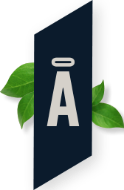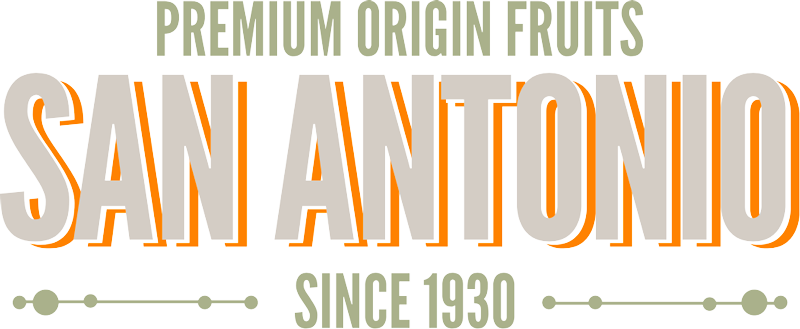With our technology, Aerobotics, we’re able to detect stress in orchards at an early stage by using different wavelengths on our cameras that are more sensitive to chlorophyll in the leaf than our eyes.
Health index (NDRE)
The Health Index gives an estimation of chlorophyll content in leaves and highlights problem trees, ranging from nutrient deficiencies to pest and disease damage.
Trees that have a lower Health index value (NDRE), will have a lower concentration of this pigment in their leaves and will have lower photosynthesis capabilities. Lower photosynthesis capabilities will cause a decrease in sugar production and also fewer sugars converted to starch and cellulose. Plant parts/processes will have less building blocks allocated to them and will start to appear stressed after a while. The Health index is also able to penetrate the tree canopy deeper than NDVI.
NDVI
The per tree NDVI index is an estimation of the greenness and density of biomass of the tree. Because the NDVI uses visual red light as one of the bands in the calculation, the light can’t penetrate very deep into the canopy. Usually, you’ll find trees that have denser biomass (foliage) to have the highest NDVI values.
NDVI allows for a generalized indication of stress levels in your orchard and works well for determining water stress, leaf nutrient levels, and variation in tree canopy especially in the early to mid-development stages.
Why does San Antonio Fruits use both?
The NDRE index provides a more accurate value on the chlorophyll content of a greater area of the tree above and below the surface and therefore works well with larger trees. The NDVI index provides insights into the biomass levels of trees and is more indicative of health in smaller trees.
Together, NDRE and NDVI provide growers with well-rounded insights into the overall health of their crops so that they can make decisions with as much data as possible.
www.sanantoniofruits.com



